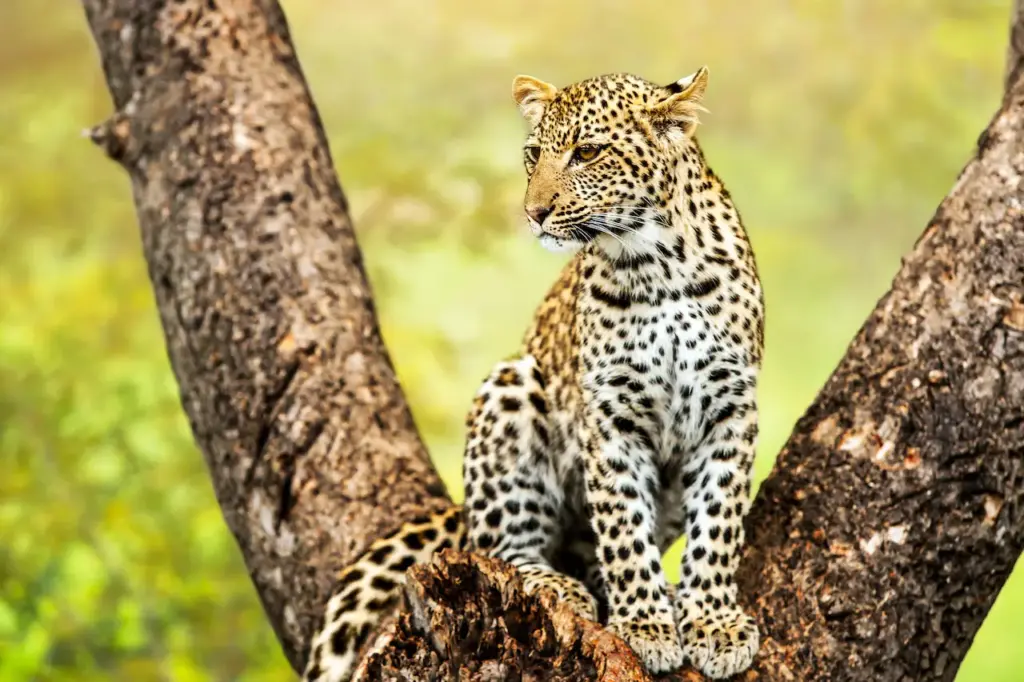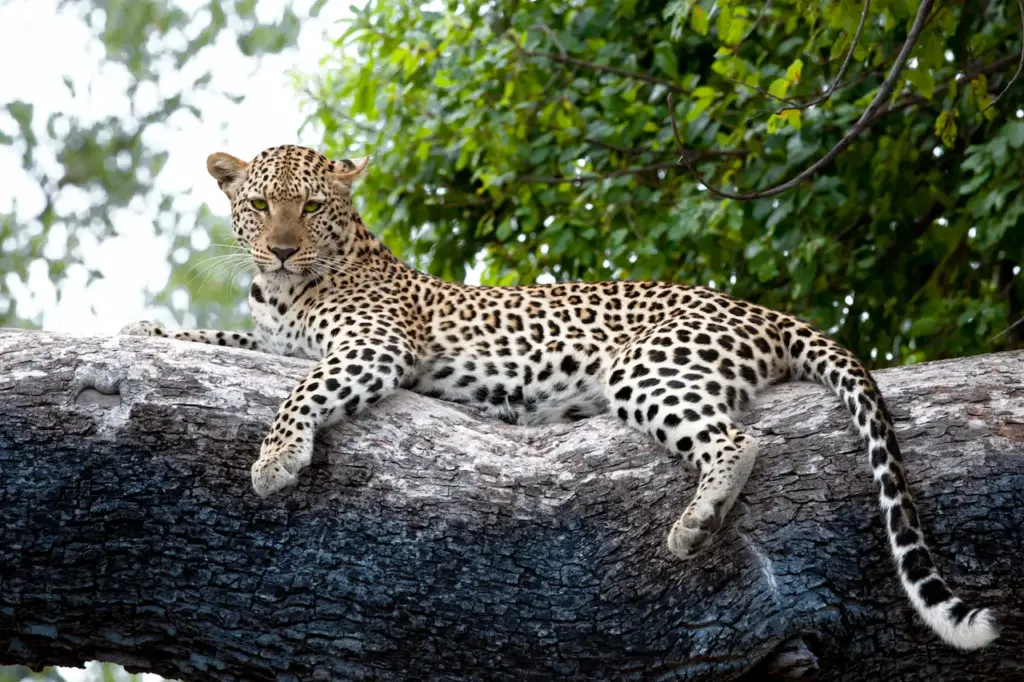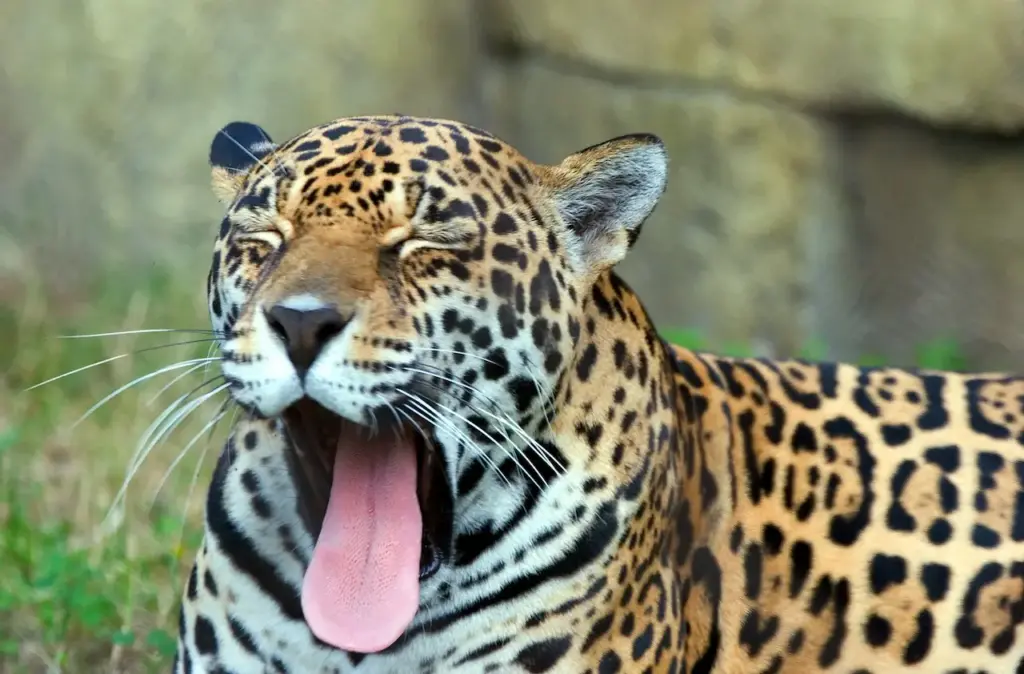What Eats Leopards?
Categories
- Accipitridae (1)
- Acrididae (1)
- Algae (2)
- Alligatoridae (1)
- Amoebidae (1)
- Amphibians (3)
- Anatidae (1)
- Anguillidae (1)
- Arachnids (2)
- Bears (2)
- Big Cats (3)
- Birds (13)
- Bovidae (5)
- Bufonidae (1)
- Camelids (1)
- Cameras (1)
- Canines (13)
- Caridea (1)
- Carnivora (10)
- Castoridae (1)
- Cats (5)
- Cebidae (1)
- Cephalopod (1)
- Cervidae (2)
- Cetacean (1)
- Chondrichthyes (1)
- Crocodilia (2)
- Crustaceans (4)
- Culicidae (1)
- Cyaneidae (1)
- Dasypodidae (1)
- Dasyurids (1)
- Deer (1)
- Delphinidae (1)
- Desktop (1)
- Didelphidae (1)
- Dinosaurs (1)
- Dogs (13)
- Dolphins (2)
- Echinoderms (1)
- Education (10)
- Elephantidae (1)
- Equine (1)
- Erethizontidae (1)
- Erinaceidae (1)
- Farming (1)
- Felidae (5)
- Fish (5)
- Food Chain (31)
- Food Web (2)
- Formicidae (1)
- Frugivore (1)
- Gaming (1)
- Gastropods (1)
- Giraffids (1)
- Great Apes (2)
- Health Conditions (3)
- Herbivore (4)
- Hi-Fi (1)
- Hippopotamidae (1)
- Hominidae (1)
- Insects (10)
- Invertebrates (2)
- Keyboards (1)
- Laptops (1)
- Leporidae (1)
- Mammals (23)
- Marsupials (4)
- Mephitidae (1)
- Microchiroptera (1)
- Mollusks (2)
- Mongoose (1)
- Muridae (1)
- Nocturnal Animals (1)
- Odobenidae (1)
- Omnivore (2)
- Phasianidae (1)
- Phocidae (1)
- Plankton (1)
- Plants (2)
- Primate (1)
- Ranidae (1)
- Reptiles (7)
- Rhinocerotidae (1)
- Rodents (5)
- Salamandridae (1)
- Scarabaeidae (1)
- Sciuridae (2)
- Sharks (1)
- Shellfish (1)
- Sound (1)
- Spheniscidae (1)
- Suidae (1)
- Superfamily Papilionoidea (1)
- Theraphosidae (1)
- What Eats (5)
The leopard is an iconic apex predator of Africa and Asia. Pound for pound, it is the most powerful feline, capable of taking down prey far larger than itself. Yet even the king of beasts faces threats from larger predators and humans encroaching on its territory.
In this article, we’ll explore what preys upon leopards on occasion, as well as overview the leopard’s own varied mammalian, reptilian, and avian prey.
Natural Predators of the Leopard
Healthy adult leopards have few natural enemies that dare confront them one-on-one. However, certain predators may attack vulnerable cubs or sick/wounded adults.
Table of Contents
ToggleLions
The lion is Africa’s largest cat, weighing up to 550 lbs – far heavier than a typical leopard. Given their greater size and strength, lions can kill leopards, but direct conflicts are relatively rare. Most cases involve lionesses ambushing and killing solitary adult male leopards.
Lions likely recognize leopards as fierce competitors and threats to their cubs. Single lions are unlikely to attack an adult leopard alone due to the risks of injury.
Tigers
In Asia, the tiger assumes the role of an apex predator, growing over 600 lbs. Tigers will readily kill leopards of any age when they encounter them, viewing smaller leopards as competition. Records exist of tigers preying on all age classes of leopards across their shared range, from Siberia to Indonesia.
Hyenas
Both spotted and striped hyenas have been known to hunt and kill leopard cubs when opportunities arise.
They may also attack single adult leopards. Hyenas are efficient pack hunters, so even a single leopard faces danger from a group. Hyenas will also readily steal fresh kills from leopards.
Humans
As human settlements expand, leopards increasingly encounter humans. Leopards that threaten lives or livestock are often lethally removed, whether shot, trapped, or poisoned.
Hundreds of leopards also fall to trophy hunters each year. With their advanced weapons, humans are easily capable of overpowering leopards.
Other Leopards
Cases of cannibalism have been observed among leopards. Dominant males will kill rival males’ cubs to eliminate competition and take over their territory. Sick/injured leopards also risk being eaten by their own kind.
Scavengers Feasting on Leopard Remains
Leopards expend great effort dragging their kills high up into trees or hiding them in dense brush to protect themselves from thieves. But certain scavengers still steal cached prey or feed on leopard remains:
- Jackals are notorious for loitering near leopard kills, waiting to dart in and grab a quick bite. Though leopards easily fend off single jackals, they can prove a pesky nuisance.
- Vultures possess enough strength in their talons to dislodge prey from trees and break open hides. When circling overhead, vultures quickly gather at any kill a leopard leaves unguarded.
- Hyenas use their powerful jaws to crush bones and devour leftovers. They are known for driving leopards away from unfinished kills.
- Wild Dogs hunt in efficient packs that can overwhelm a solitary leopard. They readily chase leopards from fresh carcasses.
- Crocodiles lurk in wait near water holes and rivers, snatching the occasional impala or deer that a leopard takes down.
Though not predators themselves, these scavengers still impose pressure on leopards by stealing hard-won meals and forcing them to expend more energy in hunting.
The Leopard’s Own Diverse Menu
Leopards are opportunistic hunters and will eat a wide range of prey depending on habitat and availability. Their diet includes:
Mammals
Mammals constitute the primary prey group for leopards:
- Ungulates like impala, gazelles, wildebeest calves, and antelope are a dietary staple for African leopards. They may even take down larger ungulates like elands.
- Monkeys are common targets thanks to the leopard’s climbing skills. Baboons, macaques, colobus and others often fall prey.
- Small mammals including rodents, hares and hyrax provide supplementary prey, especially in Asia.
- Livestock like goats, cattle, and pigs are readily caught if they stray near protected preserve areas.
Birds
The leopard is an accomplished predator of both ground-dwelling and tree-dwelling birds:
- Flightless birds like ostrich, emu, and buzzard chicks are taken on the ground.
- Perching birds like turacos, hornbills, and guineafowl are snatched from trees in the leopard’s jaws or claws.
- Even formidable birds of prey like eagles, vultures, and kites are occasionally caught.
What to know what eats birds? Read more
Reptiles
- Snakes are eaten, particularly by Asian leopards. Lizards and large turtles may supplement the diet as well.
- Crocodiles up to 2 meters long have been recorded as killed by leopards in rare instances. Mostly juveniles and hatchlings are targeted.
Fish
Leopards dwelling near waterways and lakes have been observed wading into shallow water to scoop fish into their jaws. Catfish, carp, and Tilapia are eaten.
Carrion
Leopards readily scavenge leftover carcasses from other predators’ kills, an easy meal. They will even cache these remains to feed on later.
Humans’ Trash
Leopards living near towns or cities may scavenge scraps from garbage heaps and landfills when starved of natural prey.
Hunting Techniques
The leopard uses an array of skills and methods to successfully hunt and kill prey:
- Stealth – Near-perfect camouflage allows the leopard to stalk extremely close before pouncing.
- Short Sprints – They can reach speeds of 36 mph for brief bursts to run down fleeing prey.
- Swimming – Strong swimmers, they wade into rivers and lakes to catch fish and aquatic mammals.
- Climbing – Powerful climbers, they drag large kills high up into trees using their jaws and front limbs.
- Strength – Massive paws and biting force allow them to take down prey up to 5 times their weight.
- Opportunism – As generalists, they flexibly adapt to hunt anything from rats to antelope.
- Caching – They often hide kills in brush or up trees to protect from scavengers.
- Variety – With varied hunting techniques, they can catch different prey across many habitats.
Frequently Asked Questions
What are the leopard’s main predators?
While healthy adult leopards are rarely preyed upon, some predators do pose a threat to young or vulnerable individuals. The main natural predators of leopards are lions, tigers, and hyenas.
Lions and tigers are big enough and strong enough to take down a leopard of any age. Group-hunting hyenas also have the numbers to overwhelm solitary leopards. Predation most often occurs on cubs or sick/aged adults that are easier targets.
Additionally, human hunting and habitat loss have become significant dangers to leopard populations. Leopards that prey on livestock or threaten human lives are often killed in retaliation.
How do leopards catch and kill their prey?
Leopards have a wide hunting repertoire that allows them to successfully target diverse prey across different habitats. Their golden spotted coat provides excellent camouflage while stalking, allowing them to approach very close before pouncing with a rapid burst of speed.
Leopards are also adept climbers, capable of dragging large kills high up into trees for storage using their powerful jaws and front limbs.
They will patiently wait in ambush near water holes for animals to come drink. Swimming leopards surprise prey near lakes and rivers.
Conclusion
While adult leopards in their prime are seldom threatened, young cubs, sickly individuals, and older leopards may fall prey to larger cats, hyenas, or armed humans. Even these apex predators must watch their backs on occasion.
Yet the leopard persists as a dominant predator throughout its range due to its strength, skill, and incredibly diverse diet spanning all classes of terrestrial and arboreal prey. It remains a symbol of wilderness and adaptability.



